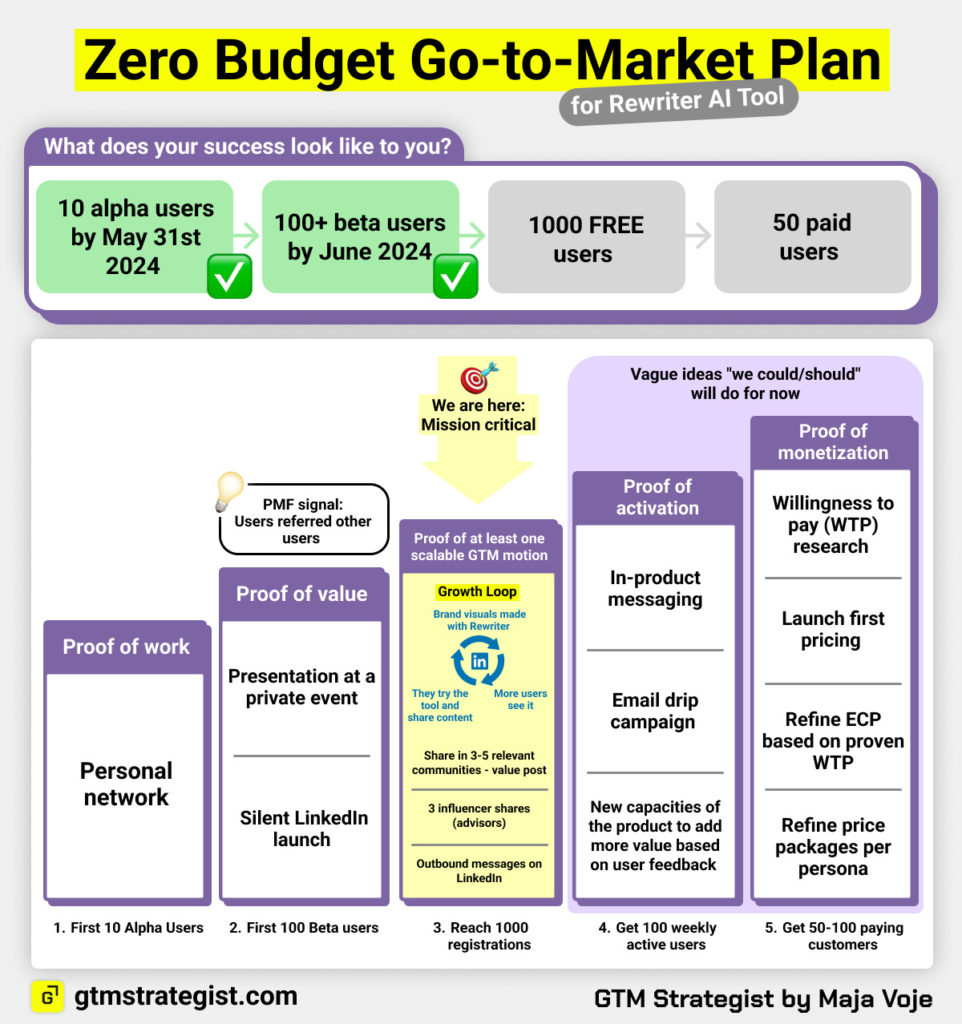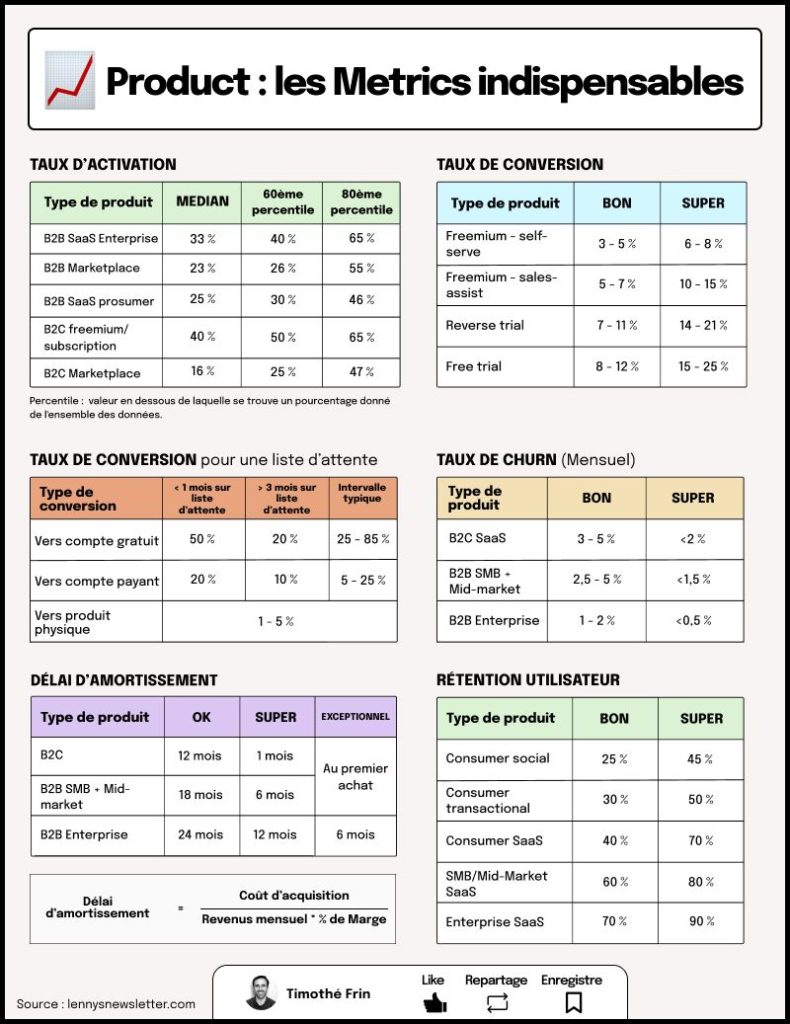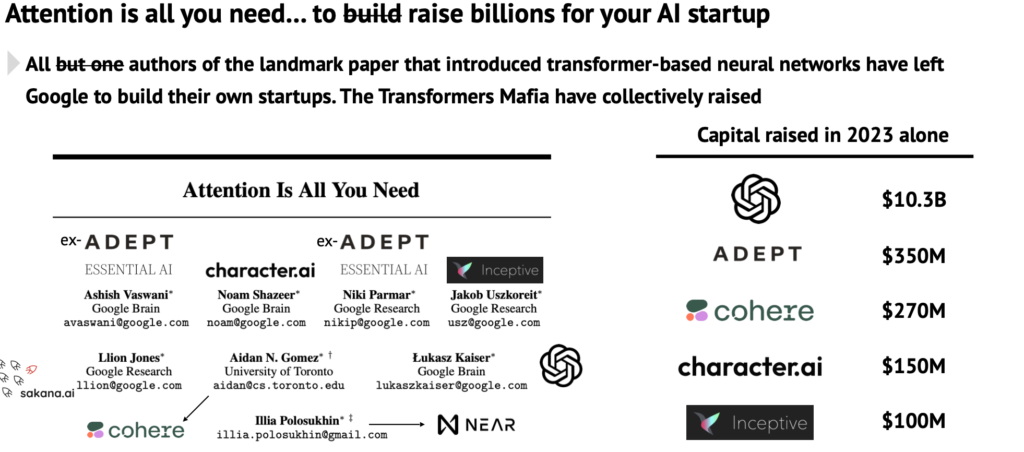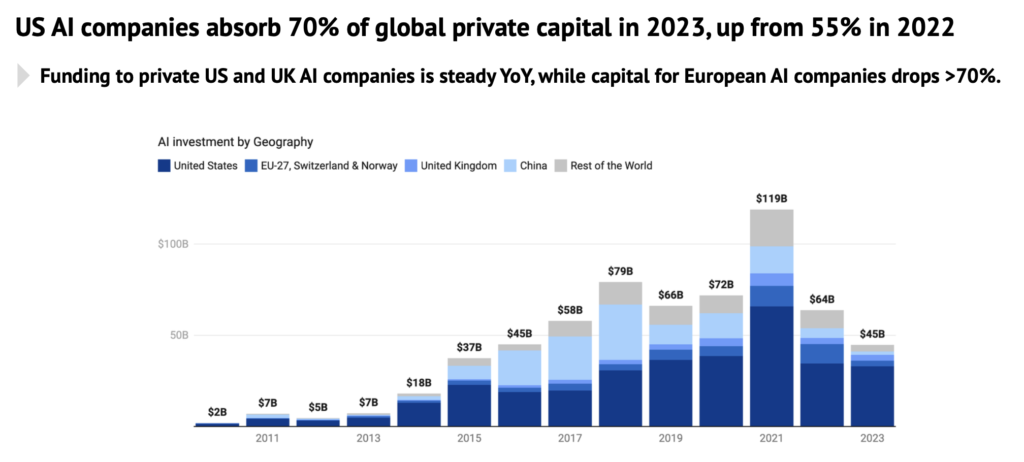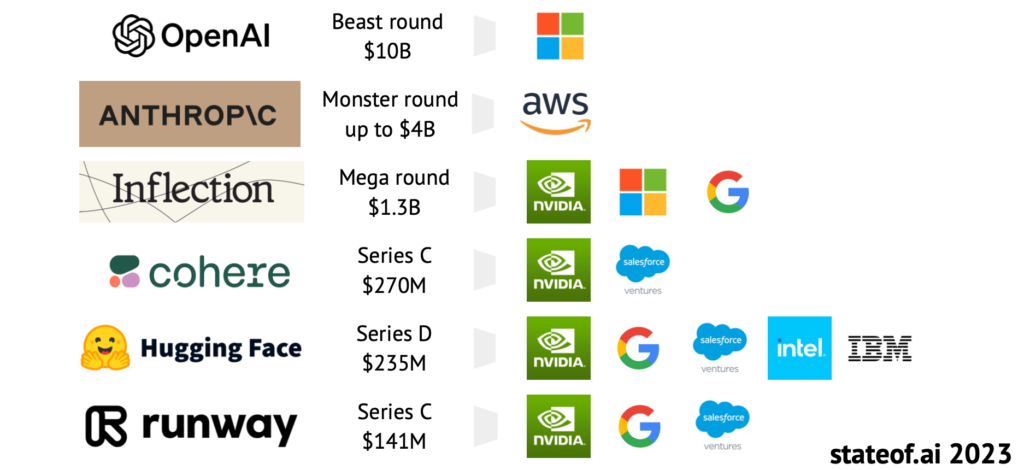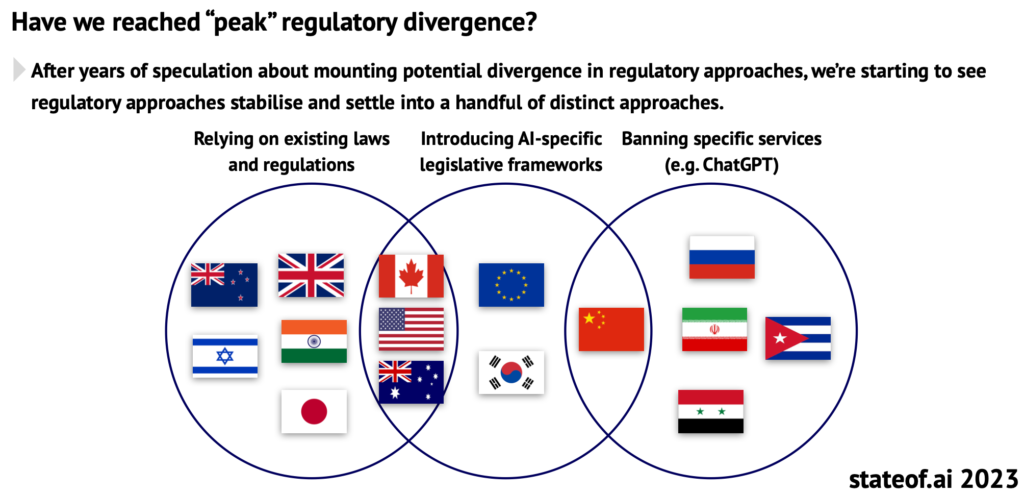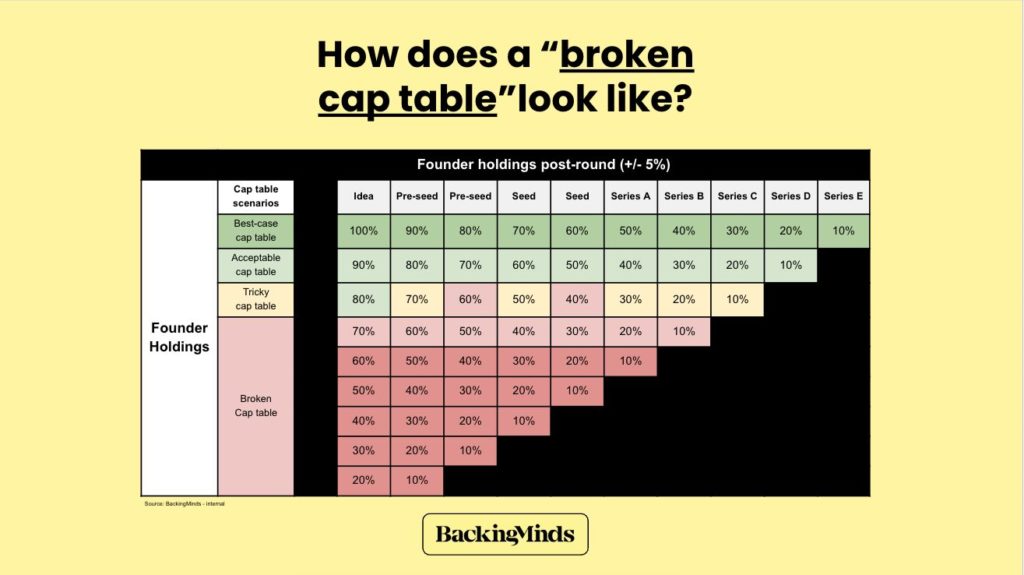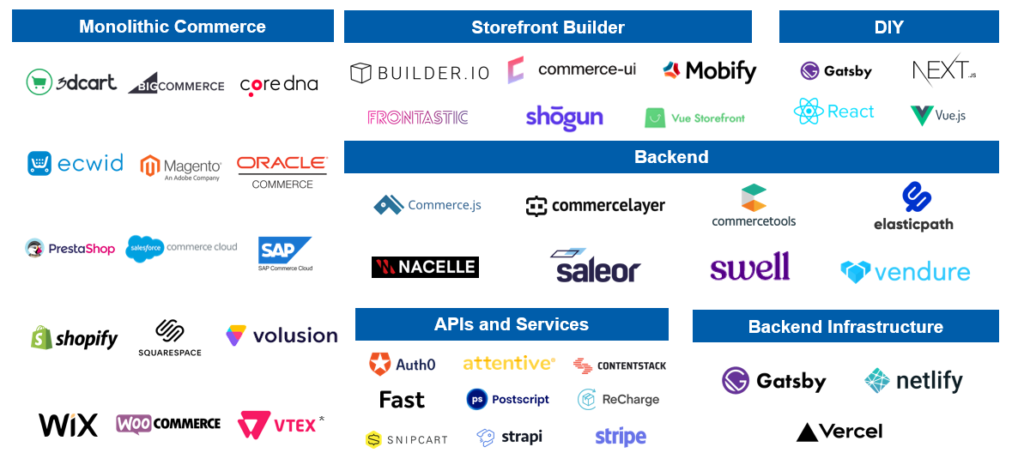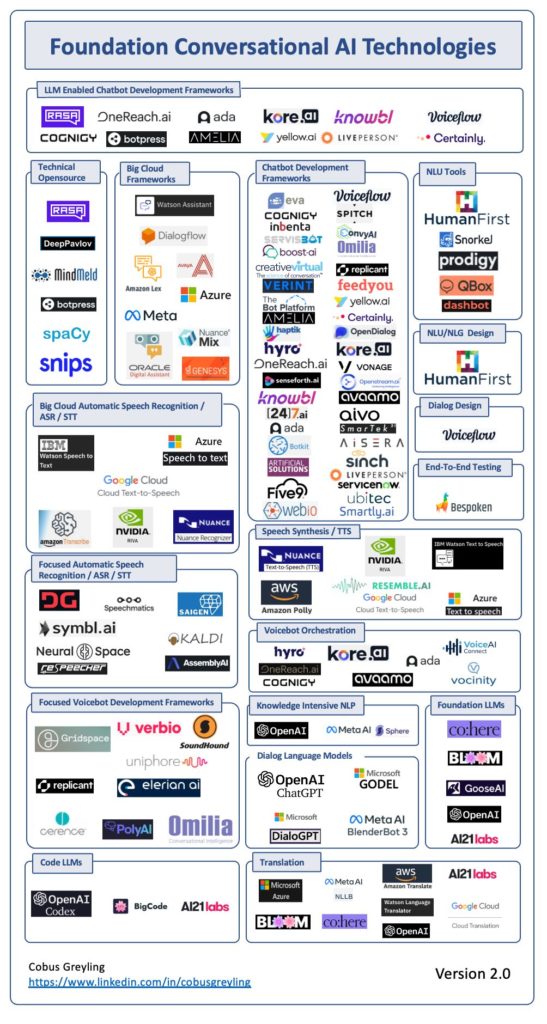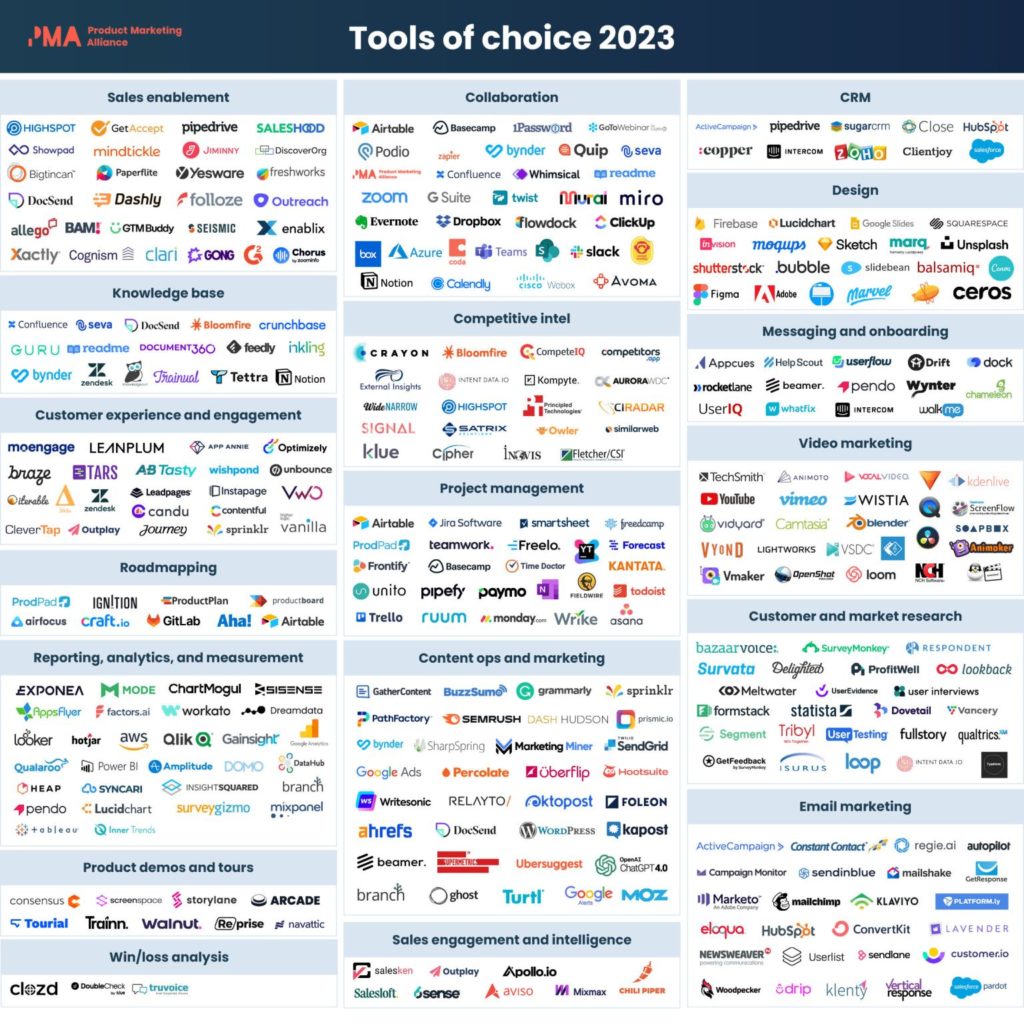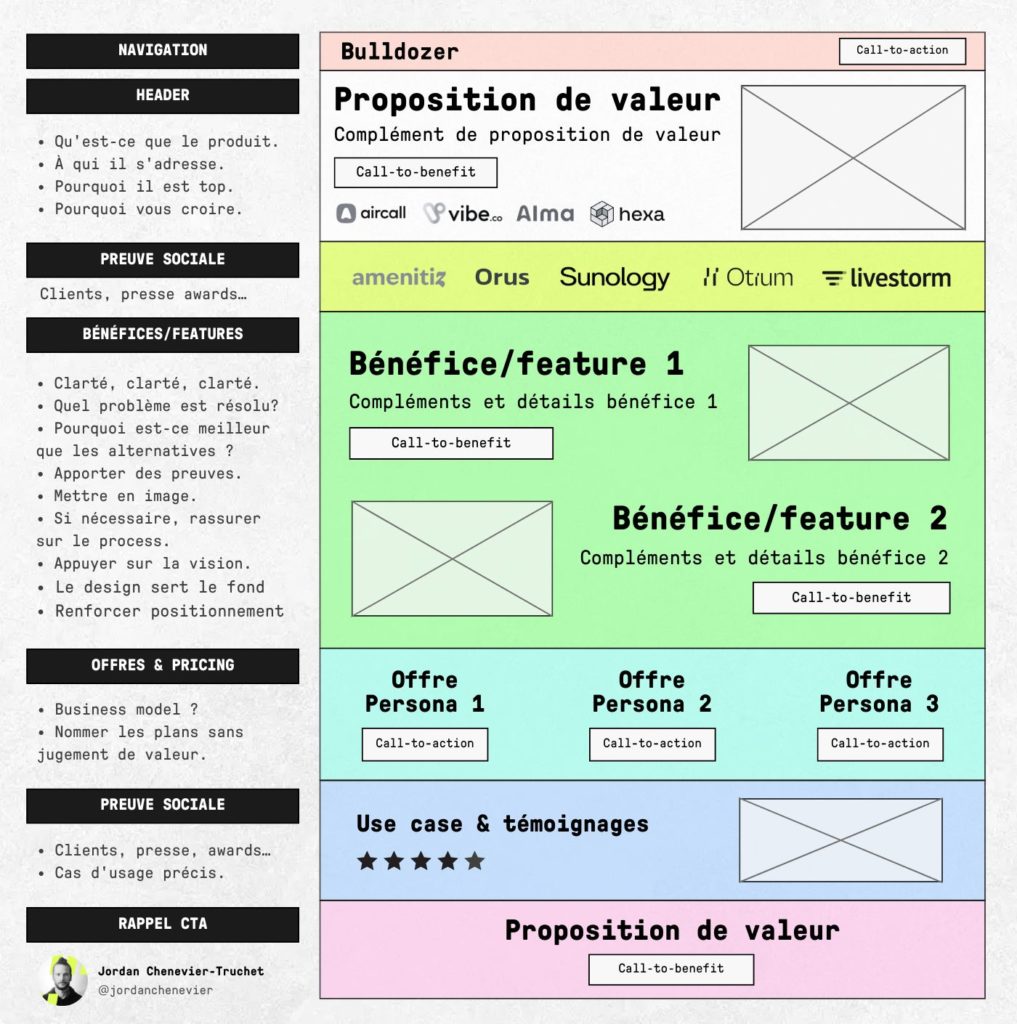Key financial metrics for tech growth
Voici quelques formules à connaître , en anglais pour coller au tableau ci-apres :
Spécial bourse
EPS = Earnings per Share (EPS)
Net Profit / Total Shares Outstanding
PE = Price-to-Earnings ( PER en France) :
Price per Share / EPS
ROI = Return on Investment : Net Profit / Total Investment
ROE = Return on Equity :
Net Profit / Shareholders Equity
ROA = Return on Assets :
Net Profit / Total Assets
Spécial startups
MRR = Monthly Reccuring Revenues :
Operating MRR + new MRR – Churn MRR + Expansion MRR – Contraction MRR
ARR = Annually Recurring Revenues
CH = Churn : lost MRR / Opening MRR
ARPU = Total revenues / number of clients
CLV = Customer lifetime value : average monthly revenue* average month’s active
CB = Cash Burn : Cash from Operating Activities + Cash from Investing Activities
NPS = Net Promoter Score :
% Promoters – % Detractors
Les incontournables
OCF = Operating Cash Flow = Net Income + Other Non-Cash Items – Changes in Working Capital
FCF = Free Cash Flow : Operating Cash Flow – Capital Expenditures
CCC : Cash Conversion Cycle : Days of Inventory Outstanding + Days of Sales
Outstanding – Days of Payables Outstanding
NCF = Net Cash Flow : Operating Cash Flow + Investing Cash Flow + Financing Cash Fl.
DCF= Discounted Cash Flow :CF17 (1+5)1 + CF2 (1+52 + ….. + CEn / (1+r)n, where CF
is cash flow, r is the discount rate, and n is the number of periods.
FV = Future Value : CF x (1+r)^t, where CF is cash flow, r is the interest rate, and t is the number of periods.
PP = Payback Period :
Initial Investment / Annual Cash Flow
CR = Cash Ratio 🙁 Cash + Marketable Securities) / Current Liabilities
GP = Gross Profit : Total Revenue – Cost of Goods Sold (COGS)
EBITDA = Earnings Before Interest Taxes Depreci. & Amort: Net Income + Int Expense – Int Income + Taxes + Depr + Amort
GPM = Gross Profit Margin : Gross Profit / Revenue
NOI= Net Other Income:
Other Income – Other Expense
OM = Operating Margin :
Operating Income / Revenue
ROCE = Return on Capital Employed
Operating Profit / Capital Employed
Beaucoup d’autres ratios & définitions dans le tableau de synthèse ci-dessous, que j’ai emprunté à Josh Aharonoff, CPA (US)
